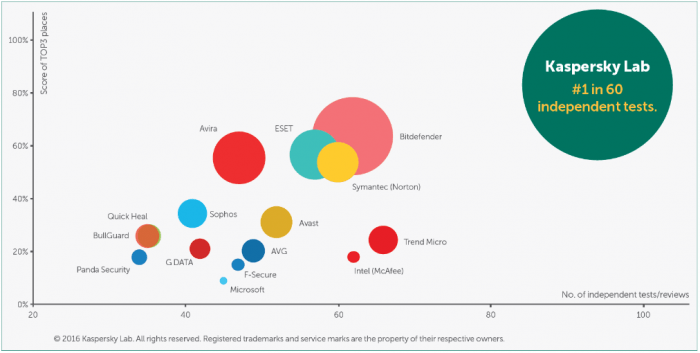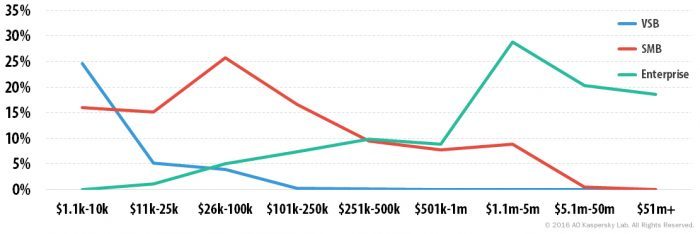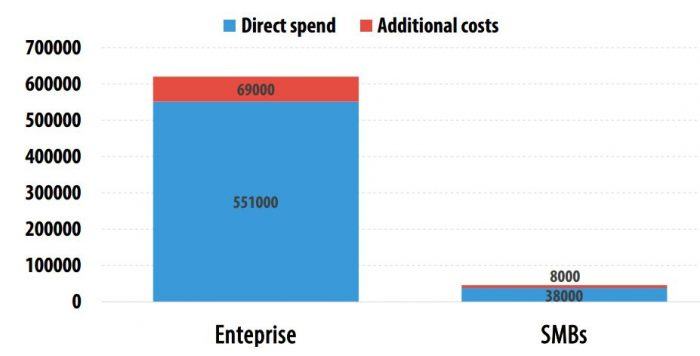
Five reasons to protect small business from cyberthreats
Five arguments in favor of installing security solutions on the endpoints of a small company.
16 articles

Five arguments in favor of installing security solutions on the endpoints of a small company.

When it comes to information security, we’re seeing the same mistakes over and over again.

Microsoft has released a patch for newly discovered critical vulnerability CVE-2020-0796 in the network protocol SMB 3.1.1.

Some business owners see cyberprotection as just more software to manage. But it is much more than that.

Alex Moiseev addresses the issue of transformations that happen when a business starts working with enterprises.

Kaspersky Lab is giving MSPs a chance to get in on the ground floor of an exciting new integration of security and remote monitoring and management tools.

For many SMBs SaaS can provide a cost effective way to take advantage of technology through a cloud-based, subscription model.

We have developed a distinct solution to provide information security tailored specifically for SMBs — Kaspersky Endpoint Security Cloud.

Kaspersky Lab’s senior vice president of IT dispenses essential cybersecurity advice for small businesses.

According to a study by Kaspersky Lab and B2B International, every cyber-incident is costly to businesses: In 2015, losses due to cyberattacks for SMBs averaged $38K.

Kaspersky Lab, together with B2B International, has conducted a new survey of IT security risks.

Kaspersky Lab has just publicized the discovery of a new cyber-espionage campaign. Unlike previous thresats, it’s targeting smaller entities – namely SMBs. That’s where it gets interesting.

For many people security measures are a “secondary accessory,” and not something that should be cared for first and foremost. This is a common, but innately flawed mode of thinking.

The necessity of a product that is positioned in-between the enterprise-level suites and home-users solutions became apparent only a few years ago.

The global workforce is increasingly going mobile: 37% currently, up to 50% by 2020. There are more actively used mobile devices in any more or less developed country than there are adult citizens, so clearly “mobility” is something related to us all.